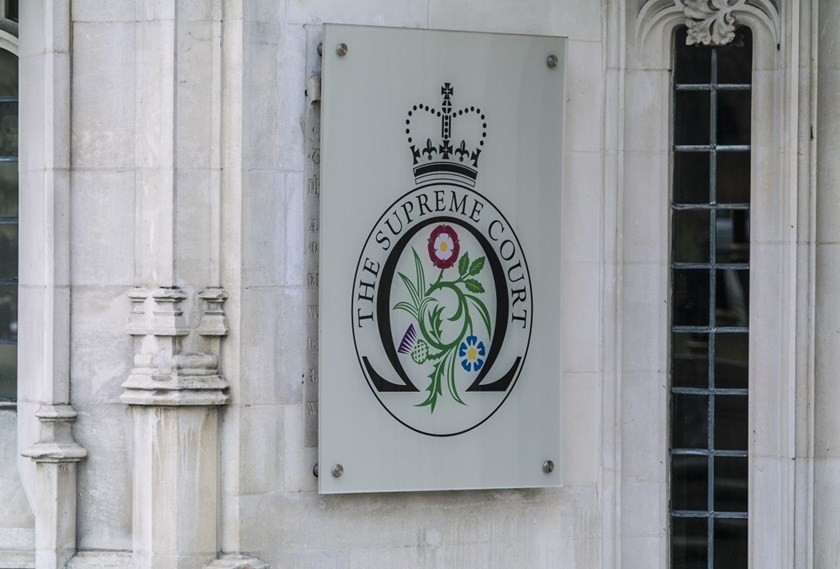- April 2017: Community cost of new stadia
News

Football stadia have been on the news agenda recently, with a number of high profile clubs redeveloping their grounds, building brand new state of the art facilities or otherwise moving to pastures new. It is of course only natural that clubs want to bring the live viewing experience to a larger fan base and to benefit from the enhanced match day revenues.
Other potential benefits include the all-round modernisation of facilities and improved infrastructure. However, football stadia are an expensive and complex business, and issues relating to planning permission in particular often merit detailed analysis.
Mitigating new stadia impact
At the end of March the London Borough of Hammersmith and Fulham (LBHF) granted planning permission for Chelsea Football Club to redevelop their existing stadium at Stamford Bridge. The decision was supported by the Mayor of London, Sadiq Khan. The new stadium will increase capacity by more than 18,000 seats and has an innovative and distinctive design.
In order for the planning permission to be granted, Chelsea completed a section 106 agreement with the Council. These are agreements (under section 106 of the Town and Country Planning Act 1990) designed to secure contributions from a developing party in order to mitigate the impact of the new development. In Chelsea's case, a contribution of up to £12m will be used to fund community facilities and services, including education, training and sporting courses. Meanwhile a separate contribution of £3.75m is to be paid to the Council for the provision of affordable housing. Such contributions are of course an important additional consideration for any club seeking to redevelop an existing ground or build a new one.
Although on a much smaller scale, AFC Wimbledon is expecting to be granted planning permission shortly to build a 20,000 seated stadium which is also accompanied by a section 106 agreement. In their case, the agreement secured a variety of contributions including the provision of affordable housing, a play provision for older children and highways and public transport enhancements. Meanwhile, Tottenham Hotspur was granted planning permission in 2016 for a new stadium that will almost double their seating capacity to 61,000. This was also accompanied by significant obligations in a section 106 agreement, focusing in particular on transport impacts and local community benefits.
The rationale
Although the contributions under section 106 agreements are significant, this reflects a planning system which operates to mitigate the impacts of a proposed development. Each development will have a unique impact on existing infrastructure and the measures are therefore designed to overcome this and ensure that the development can be made acceptable in planning terms. Typically for stadium developments, the main impact relates to the significant numbers of spectators that arrive at a match, often in residential areas. The management of crowds and the post-match clean-up is essential. Clubs may be asked to pay for traffic orders that prohibit parking by non-residents in the streets surrounding the stadium. Similarly, spectators are encouraged to use public transport. However, the other side to this is that public transport operators are likely to respond formally to the planning application, especially if they consider that the additional strain on public transport is unacceptable. This can hold up matters or may in some circumstances prevent planning permission from being granted until an acceptable solution can be found, which may include public transport enhancements, a cost borne by the club.
Finally, stadium developments often incorporate a mixture of uses including commercial space and new housing to help fund the building of the new stadium. The provision of affordable housing is usually required where new housing is to be provided.
Agreeing (or not) the section 106 agreement
There are strict legal tests that must be satisfied before a local planning authority can insist on the provision of planning obligations in a section 106 agreement. These are that the obligation is:
(a) necessary to make the development acceptable in planning terms;
(b) directly related to the development; and
(c) fairly and reasonably related in scale and kind to the development.
Most developers will negotiate and agree planning obligations with the local planning authority as part of their planning application. Those unable to do so have the option of appealing to the Planning Inspectorate. This can be a useful tactic if the section 106 agreement is the only outstanding matter holding up the grant of planning permission. Provisions in the Housing and Planning Act 2016 will introduce a system where a developer or the local planning authority can ask for a third party to be appointed to resolve disputes relating to section 106 agreements, in circumstances where the local planning authority would otherwise be willing to grant planning permission. The provisions are not yet in force and further regulations will follow.
Most clubs are able to reach a position where the section 106 agreement is settled without resorting to the Planning Inspectorate. If you consider any of the obligations to be unreasonable, be sure to refer to the statutory tests. This is particularly important in the context of any judicial review proceedings as the section 106 agreement will be a publically accessible document. If the agreement is thought to contain obligations that fail to meet the statutory tests, that is a matter that can be raised in the proceedings.
The Community Infrastructure Levy
In addition to section 106 contributions, clubs may need to consider the Community Infrastructure Levy ("CIL"). This is a tariff payable to the local planning authority, where the funds are then used for infrastructure anywhere in the authority's administrative area or even by a neighbouring authority where infrastructure is regional. Each authority will have a bespoke charging schedule and, in London, the Mayor also charges CIL. As a result, most London Borough developments could pay two CIL payments. In Chelsea's case there was no obligation to pay CIL to the LBHF (because of its decision to charge football stadiums at a nil rate), but CIL will have to be paid to the Mayor. Outside London, many authorities have started to charge CIL, though not all do so.
Judicial review of planning permission
Clubs should also be mindful that once the planning permission has been granted there is a six week period in which judicial review proceedings can be brought by an aggrieved party. A recent example of this is the Court of Appeal's decision in February to quash the grant of planning permission for a stadium for Cambridge City Football Club. The legal proceedings had been commenced by a local resident campaigning against the scheme. The stadium was to be located in the green belt in direct conflict with the Council's development plan and the recommendation of their planning officer to refuse the planning application. Planning Committees can overturn a recommendation by an officer but the fatal mistake here was that the Committee did not provide their reasons for doing so. The Court felt that it was only right that objectors understand why the Council had decided to grant planning permission.
In order to mitigate the risk of judicial review proceedings, many developers will engage experts to assist them with community engagement before and during the planning application. Developers need to monitor objections closely and be prepared to respond to those with a legitimate planning concern. They should also be careful to ensure that the content of their planning application and the manner in which it is determined is not susceptible to judicial review. Many will seek legal advice on the draft planning application and their development strategy at an early stage to minimise risk.
Comment
The intricacies of the planning system and the political nature of club developments mean that it is essential you have good advice from the outset. There are a wide variety of groups who will all have the ability to comment on and influence the application and, if you are not careful, jeopardise it. Negotiating section 106 agreements is a finely balanced exercise and, if not managed correctly, can add months of delay. Many local planning authorities are keen to retain clubs in their area so will be amenable to finding an outcome that suits the club and the local community.
If you require further information on anything covered in this briefing please contact Karen Phull ([email protected]) or your usual contact at the firm on 020 3375 7000.
This publication is a general summary of the law. It should not replace legal advice tailored to your specific circumstances.
© Farrer & Co LLP, April 2017






